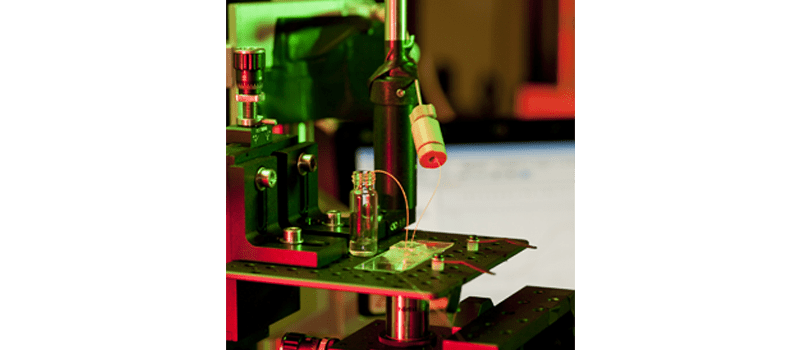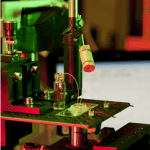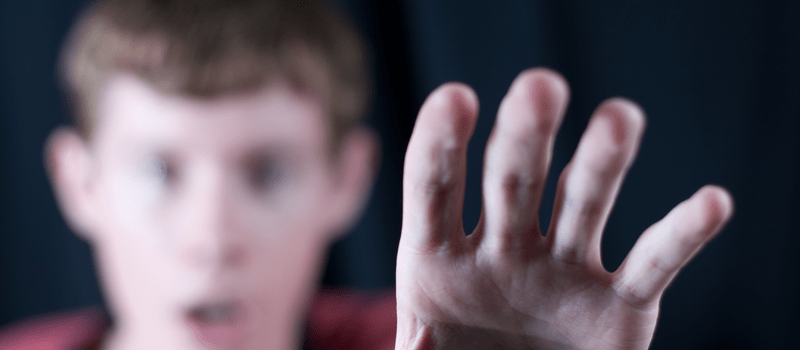We are often asked about the specified ranges of various ambient conditions (temperature, humidity, etc.) for Ophir instruments. In this blog post we will clarify the effects of these conditions on laser measurements, so you’ll be able to use your Ophir laser measurement instrument effectively.
Temperature
The recommended temperature range for all Ophir power/energy sensors and meters is as follows:
- Operating: 15 – 35 °C
- Storage: 0 – 50 °C
This guideline applies to both sensors and meters.
Meters
Regarding meters, temperature effects are very small. One can expect a variation in calibration of the meter of < ±1% over the temperature range 10°C to 60°C.
Sensors
Thermal sensors. The sensitivity to stable ambient temperatures is similarly small, since these sensors actually measure temperature gradient across the thermopile junctions. Calibration may vary < ±1% over the temperature range from 10°C to 50°C.
At very low temperatures, one also needs to consider possible condensation of moisture on the absorber, which could affect readings.
At high temperatures, one should be aware that the maximum rated power is lower than that given in the specification (which is for room temperature), since the sensor body will have a harder time dissipating heat in an already hot environment. Some numbers are given in our web site FAQ section.
Changing temperature, on the other hand, is a different story. Thermal sensors measure heat flow, after all, and an ambient temperature that is changing by as little as 1°C / minute can cause a change in the reading.
The following are examples of situations in which this may happen:
- Part of the laser beam is incident on the sensor body (this heats the sensor body and can cause unwanted heat flow inside the sensor, which might affect the measurement)
- A sensor that has been brought from a warm location to a cooler one (it should first be allowed to reach thermal equilibrium with its new environment before beginning measurement)
- Sudden change in the temperature, or flow rate, of cooling water in a water-cooled sensor
Pyroelectric Sensors. Our new Pyro-C energy sensors have built-in temperature compensation and so temperature effects are negligible. For our legacy line of pyro sensors, there is a positive sensitivity coefficient of approximately 0.2% / °C.
Photodiode Sensors. Since these are semiconductor devices, they have a sensitivity coefficient with temperature and wavelength based on the detector material. The following graph shows the effect details:

It should be noted that if you are measuring, for example, a high-power laser diode or LED close to the sensor, the heat from the laser diode may possibly be heating the sensor; precautions should be taken.
Humidity
In general, over “normal” humidity ranges, there is no significant concern. Relative Humidity in the range 20-90% should be OK, as long as there is no condensation.
Acoustic Vibration
Pyroelectric energy sensors detect acoustic vibrations by the same physical mechanism through which they detect laser pulses. Vibrations can, therefore, cause false triggering and interfere with measurements.
If you need to measure low energy pulses in an acoustically noisy environment, the following recommendations may help you:
- The PE-C series of pyroelectric sensors have an adjustable threshold so you can set the threshold to a value above the noise level but below energies you want to measure and thus eliminate false triggering.
- If necessary, some soft foam can be placed under the sensor’s mounting base to damp out any acoustic vibrations, since the main source of acoustic noise is through the base.
Background Light When measuring very low power CW beams, room background light could be a problem. Typical office illumination, for example, could have a power density on the sensor of some 200 uW/cm2. The PD300 photodiode sensors have a background light cancelling feature, whereby there are two photodiodes back-to-back; both “see” approximately identical background light, while only the outer one is exposed to the laser beam being measured, and the instrument automatically subtracts one from the other. Note that when using “filter in,” the second photodiode is not in use, the assumption being that at power levels requiring “filter in” the background light becomes negligible.












Leave a Reply
Your email address will not be published. Required fields are marked *